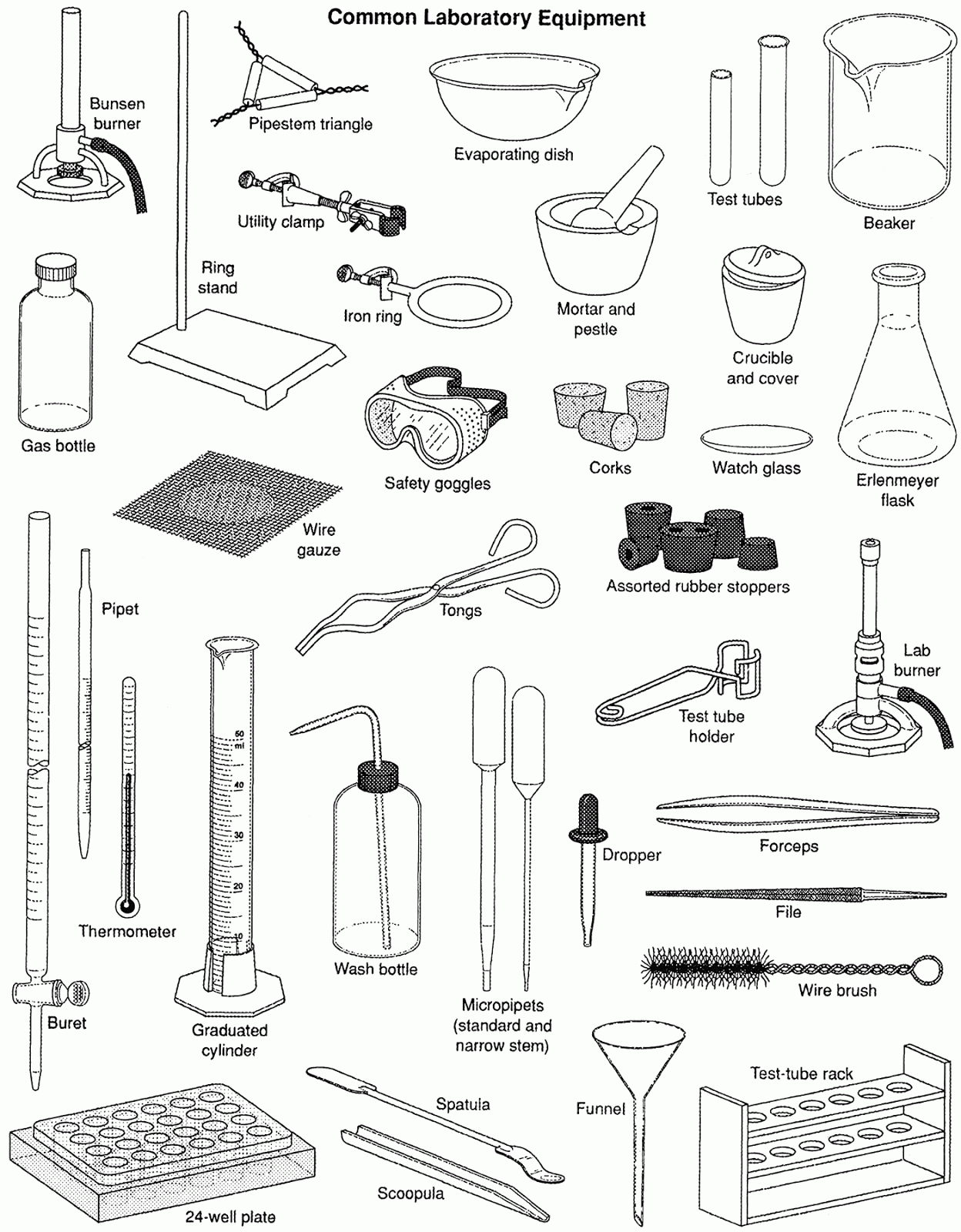Essential Lab Equipment: A Comprehensive Guide
Lab equipment plays a critical role in scientific research and experimentation, serving as the backbone of laboratories around the world. Whether in a school, university, or research facility, the right tools and instruments can significantly enhance the accuracy and efficiency of experiments. With a variety of lab equipment available, it is essential to understand their functions, uses, and the specific requirements for each type of task. This article aims to explore the different categories of lab equipment, their purposes, and some commonly used items in various scientific disciplines.
In the fast-paced world of scientific innovation, having access to the proper lab equipment can make all the difference in obtaining reliable results. From basic tools used in educational settings to advanced machinery employed in cutting-edge research, each piece of equipment serves a specific function. Understanding the intricacies of these tools is paramount for both aspiring scientists and seasoned professionals alike.
As we delve deeper into the realm of lab equipment, we will answer some frequently asked questions to provide clarity on the subject. By the end of this article, readers will gain a comprehensive understanding of what lab equipment entails and how it can be effectively utilized in various scientific endeavors.
What Are the Different Types of Lab Equipment?
Lab equipment can be categorized into several types based on their functions and applications. Here are some common categories:
- Glassware: Beakers, flasks, test tubes.
- Measurement Tools: Balances, pipettes, thermometers.
- Heating Devices: Bunsen burners, hot plates, ovens.
- Safety Equipment: Goggles, gloves, fume hoods.
What Is the Role of Glassware in Laboratories?
Glassware is an essential component of any laboratory setup. It is used for mixing, heating, and storing chemical substances. Various types of glassware serve different purposes:
- Beakers: Used for mixing and heating liquids.
- Flasks: Ideal for containing reactions and storing solutions.
- Test Tubes: Used for small-scale reactions and experiments.
How to Properly Handle Lab Equipment?
Proper handling of lab equipment is crucial to ensure safety and accuracy in experiments. Here are some best practices:
- Clean Equipment: Always clean glassware and instruments before and after use.
- Follow Protocols: Adhere to established procedures for using specific equipment.
- Wear Protective Gear: Use gloves, goggles, and lab coats to ensure safety.
What Are Some Commonly Used Measurement Tools in Labs?
Measurement tools are vital for conducting precise experiments. Here are some common instruments:
- Balances: Used for weighing substances accurately.
- Pipettes: Essential for measuring and transferring liquids.
- Thermometers: Used to measure temperature in various experiments.
How Do Heating Devices Impact Experiments?
Heating devices are crucial in many laboratory processes, enabling reactions that require specific temperature conditions. Common heating devices include:
- Bunsen Burners: Provide an open flame for heating substances.
- Hot Plates: Ideal for heating liquids in beakers or flasks.
- Ovens: Used for drying and sterilizing equipment.
What Safety Equipment Is Essential in a Lab?
Safety should always be a priority in the laboratory. Essential safety equipment includes:
- Goggles: Protect eyes from harmful splashes and fumes.
- Gloves: Safeguard hands from hazardous materials.
- Fume Hoods: Ventilate harmful fumes produced during experiments.
How to Choose the Right Lab Equipment?
Choosing the appropriate lab equipment depends on various factors, including the type of experiments being conducted, the materials used, and the level of precision required. Consider the following:
- Research Needs: Identify the specific needs of your experiment.
- Budget: Determine your budget to select equipment within your range.
- Quality and Brand: Opt for reputable brands known for durability and reliability.
What Are the Trends in Lab Equipment Advancements?
As technology continues to evolve, lab equipment is also undergoing significant advancements. Some trends include:
- Automation: Increased use of automated systems for precision and efficiency.
- Digital Interfaces: Integration of digital displays for better data collection.
- Eco-Friendly Materials: Emphasis on sustainable and recyclable lab equipment.
Conclusion: Why Is Understanding Lab Equipment Important?
Understanding the various types of lab equipment and their functions is essential for anyone involved in scientific research. Proper use and maintenance of these tools contribute to successful experiments, safety in the laboratory, and ultimately, the advancement of scientific knowledge. As technology continues to evolve, staying informed about new developments in lab equipment will be crucial for future innovations.
Exploring The Allure Of Carolina Samani Porn
Heartfelt Gratitude: Thank You All For My Birthday Wishes
Unveiling The Life Of Andy Ruiz's Wife: A Deep Dive Into Their Relationship


